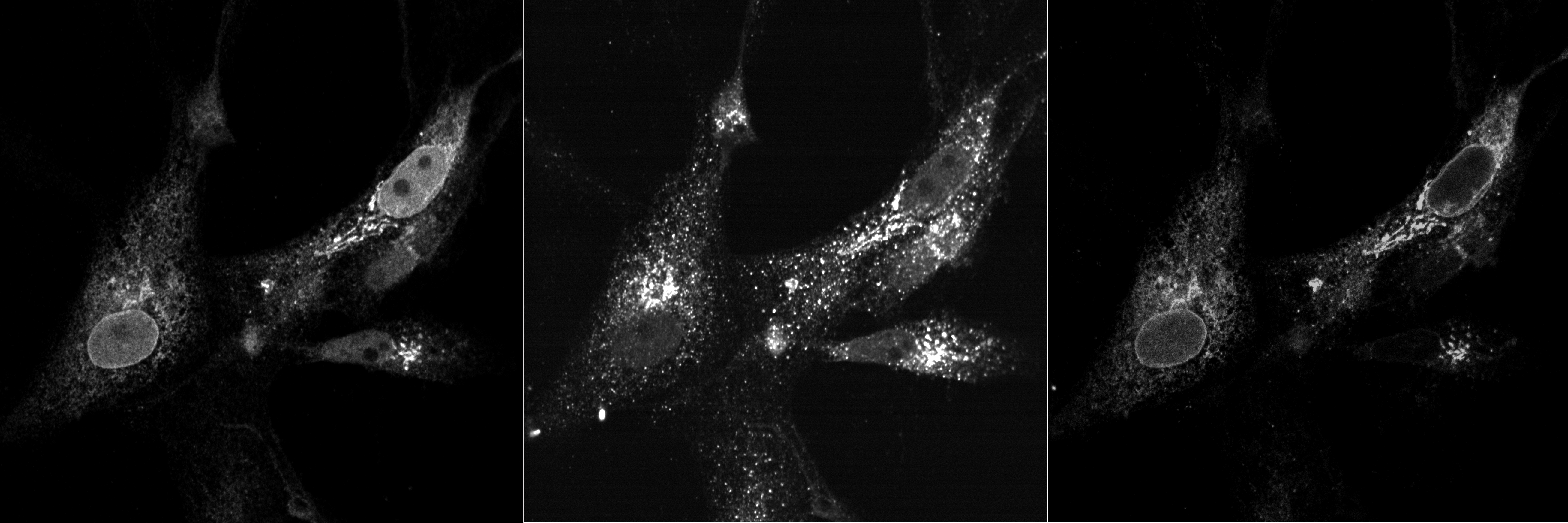How the agent of the COVID-19 alters host cell functions
The severe acute respiratory syndrome-coronavirus 2 (SARS-CoV-2), the agent of the COVID-19 pandemic, is the third coronavirus to cause severe respiratory disease in humans. Current therapeutic strategies are hampered by a lack of information on the molecular and cellular mechanisms of SARS-CoV-2 infection.
Researchers from the laboratory of Prof. Nicolas Demaurex decided to explore the functioning of a viral protein, the E protein, which instead of being used to form new viruses, alters host cell functions to favor infection. Taking advantage of their long-standing expertise in cell biology and immunology, they infected respiratory cells with live viruses and measured changes that occurred in the cells.
The scientists discovered that the E protein actually alters host cell functions. It modifies the pH of the intracellular compartment where the viruses are formed in order to make it more suitable for viral replication (see Figure below). Their experiments revealed that the E protein acts as a proton channel in the membrane of the compartment where the virus resides, thereby dissipating the pH of this organelle.

The E protein (white dots in the left panel) is located in the intracellular compartment where the viruses assemble (white dots in the middle panel) and alkalinizes this compartment, as measured with a pH-sensitive probe (white dots in the right panel). © adapted from Figure 4 in Wang et al. 2023
Although further studies are needed, these in vitro findings confirm that blocking the E protein is an interesting strategy that could potentially be used to reduce the pathogenicity of SARS-2.
6 Mar 2023
